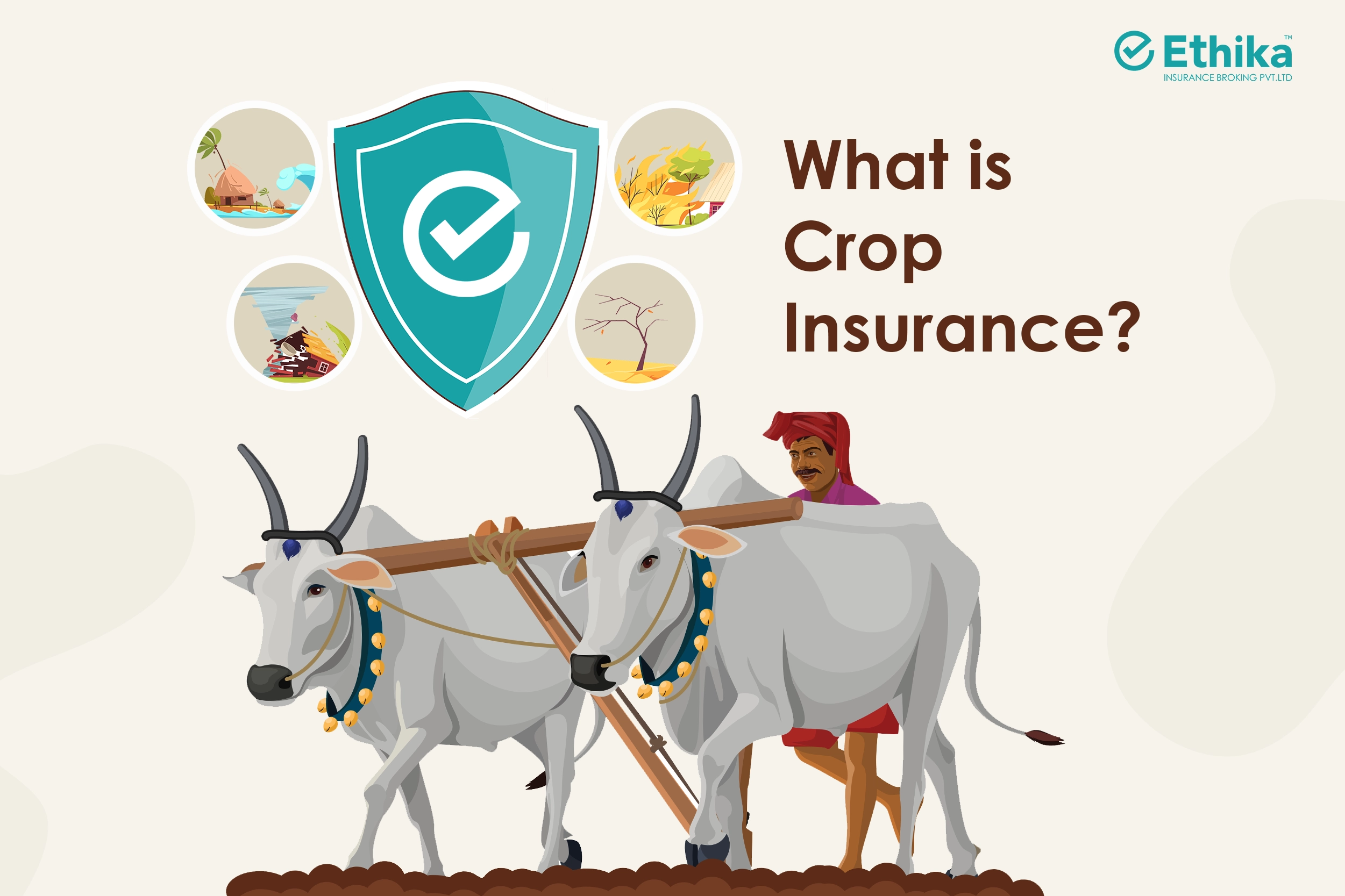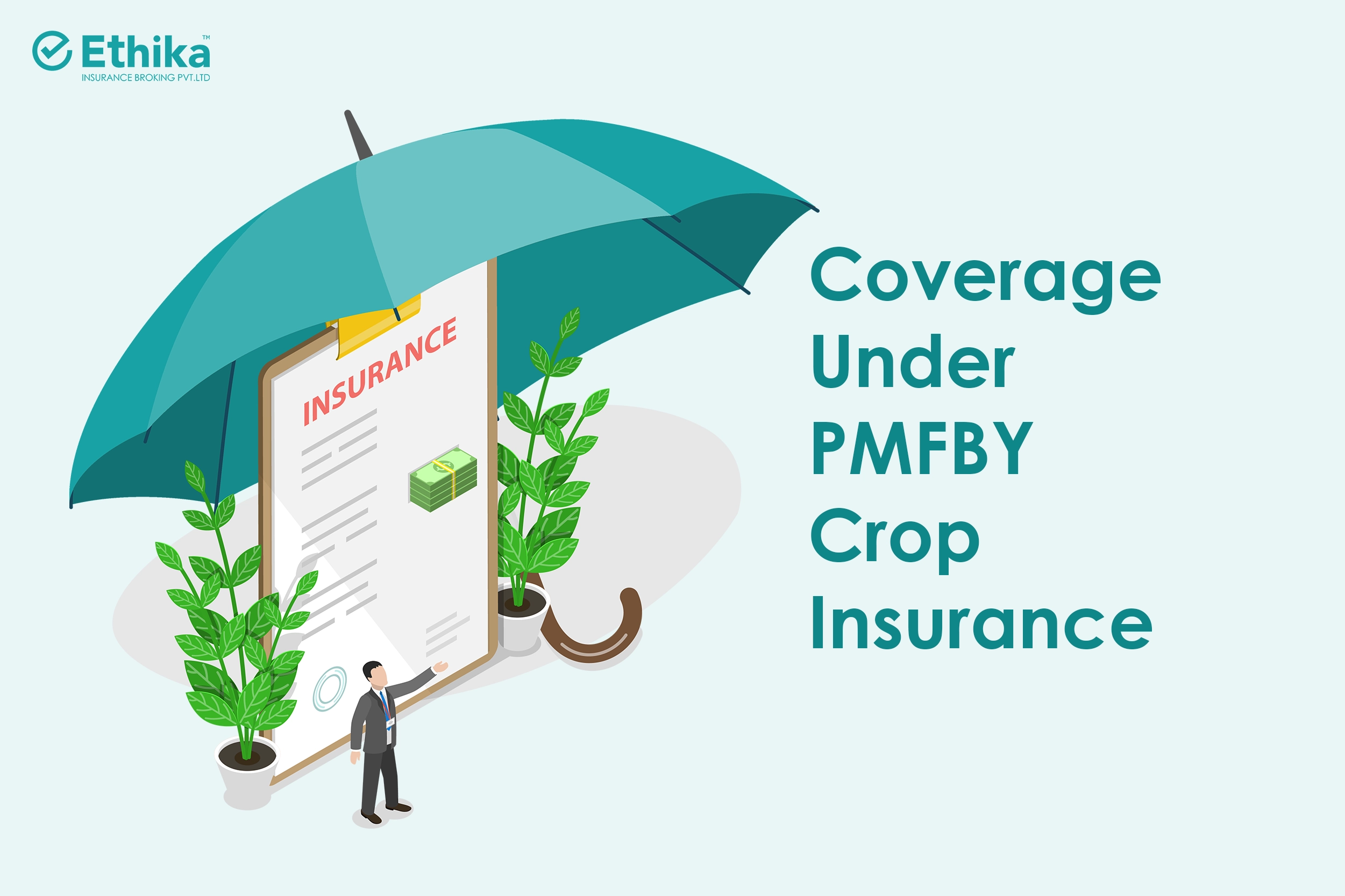Crop Insurance Claim Settlement Process
Claim Settlement Overview
Crop insurance is one of the main agriculture insurance products that financially benefits farmers in case of any natural calamity. For claim settlement, various items are taken into consideration, such as:
Indemnity Level (IL) & Threshold Yield (TY): Indemnity level is the maximum amount of claim the policy would pay. For example, the indemnity level could be anything between 70% to 90%, corresponding to the crop risk in the designated areas, which means the insurance company would pay 70%-90% of the loss in case of a claim. The threshold yield is the benchmark for comparing the actual yield before settling the claim. Threshold yield becomes the basis for the sum insured calculation in crop insurance. The threshold yield for a particular crop in an insurance unit would be the average yield of the last seven years minus any two years' bad yield due to any calamity declared and covered under the policy and multiplied by the level of indemnity in that particular area. In short, threshold yield will be the average yield in the last 7 years for a particular crop in a particular area.
Yield Losses: In simple terms, yield is the average production per unit of land. Yield data for all of the agricultural land in India is published from time to time. This yield data becomes the basis of claim settlement for insurers. Threshold Yield is the expected yield for a crop in a season. If the Actual Yield (AY) turns out to be lesser than the Threshold yield (TY), then all the farmers in that unit (District/ Tehsil/ Taluka) who had availed crop insurance are compensated.
Claim Payout: The claim payout is calculated based on the following formula:
Claim Payout = (Shortfall in Yield / Threshold Yield ) * Sum Insured
Shortfall in Yield = (Threshold Yield - Actual Yield)
Prevented Sowing Claim Amount Calculation: The prevented sowing claim occurs when the farmers are prevented from sowing their agricultural land due to adverse weather conditions. This, in turn, results in a loss of their initial investment. Monies they may have borrowed or invested out of their pocket for sowing the seeds, tilling the land, or other farming activities. Under this section, the insured farmer is paid up to 25% of the sum insured.
Localized Calamity Loss Assessment: The crop losses due to localized calamities such as hailstorms, landslides, floods, and inundation are based on the clusters of affected farms, and the implementing agency does the assessment. All the insured farmers in the insurance unit can be covered under the scheme.
Post-Harvest Loss Assessment: Post-harvest losses are allowed for crops published by the State in consultation with the Implementing Agency. Such coverage is available for up to a maximum of about 14 days from harvesting.
On-Account Payment of Claims due to Mid-season Adversity: In case of damage to the crops due to adversities such as spells, drought, unseasonal rains, etc., the Implementing Agency can release up to a maximum of 25% of the likely claims in anticipation of claims. The Implementing Agency would decide the appraisal and the quantum of the payment in concurrence with the State Government and the Central Government. Payment is likely to happen when the expected yield is less than 50% of the normal yield during the season.
Claim settlement:
The government department notifies the threshold yield for crops for particular seasons. It also uploads historical threshold data for insurers to be able to underwrite the crop insurance policy. At the end of a season, the actual harvest data is uploaded, and insurers are appropriately intimated. Insurers are to verify this data and contest if there's any discrepancy.
- Financial institution - If the farmer is covered through a bank, the Insurer remits the claim amount to the farmer's account with the Bank. The details of this transaction are also intimated to the Bank. The Bank branch also displays details of the processed claim at its Branches.
- The Insurer pays individual farmers covered through an intermediary and voluntarily. This list of beneficiaries is also uploaded on the National Crop Insurance Portal.
Crop Insurance Claim Settlement Time:
Claim settlement time is the time the insurance companies or the implementing agency takes to settle the reported claims. It is the time between the date of reporting the claim and the date of settlement of claims. The crop insurance claim settlement time generally ranges between 30-45 days of State Government notification. The claim should be intimated to the Implementing agency within 72 hours of the damage. This is particular to the farmers who lost their crops from pests or diseases. The timeline of 72 hours is critical in case of individual losses for insurers to assess the damage. In case of large-scale losses, the Implementing agency would collect the data from the State government or UTs and process the claims accordingly.
The claim settlement is also done within 7 days by the insurance companies if all the documents are received within the stipulated period. The Central Government has taken steps to speed up the crop insurance claim settlement process by integrating the crop loss intimation feature into Crop Insurance App, allowing farmers to intimate their crop losses due to localized calamity within the stipulated period. Certain additional covers are provided under the PFBY/WBCIS besides the yield shortfall depending upon the local conditions and the other requirements of the farmers.
For more information on the crop insurance claim settlement process, please book a call with our insurance team at Ethika insurance broking. Crop insurance can be taken from the banks or any insurance companies impaneled to offer crop insurance in India by paying the required premium. The major portion of the crop insurance premium is borne by the State Government and the Government of India, whereas only a minor portion of the premium is to be paid by the farmer. This is done to reduce the burden on the farmers needing help to arrange funds for crop insurance premiums.
 Get a free review of your
Get a free review of your Crop insurance provides protection for crops, agricultural produce, against natural calamities, such as excessive rain, unnatural rains or drought, diseases and pests, and floods. Crop and agricultural insurance do not cover claims made by malicious people who cause harm to the crop and product.
Crop insurance provides protection for crops, agricultural produce, against natural calamities, such as excessive rain, unnatural rains or drought, diseases and pests, and floods. Crop and agricultural insurance do not cover claims made by malicious people who cause harm to the crop and product.
 Farmers taking out agriculture loans with any recognized bank are entitled to discounted crop insurance premiums. On the other hand, those taking loans through money lenders were required to buy the insurance themselves and without the government's contribution. Crop Insurance compensates the farmer up to the insured amount. The farmers can recover the investment they made in their farming activity, and without it they might lose their property or even die.
Farmers taking out agriculture loans with any recognized bank are entitled to discounted crop insurance premiums. On the other hand, those taking loans through money lenders were required to buy the insurance themselves and without the government's contribution. Crop Insurance compensates the farmer up to the insured amount. The farmers can recover the investment they made in their farming activity, and without it they might lose their property or even die.

